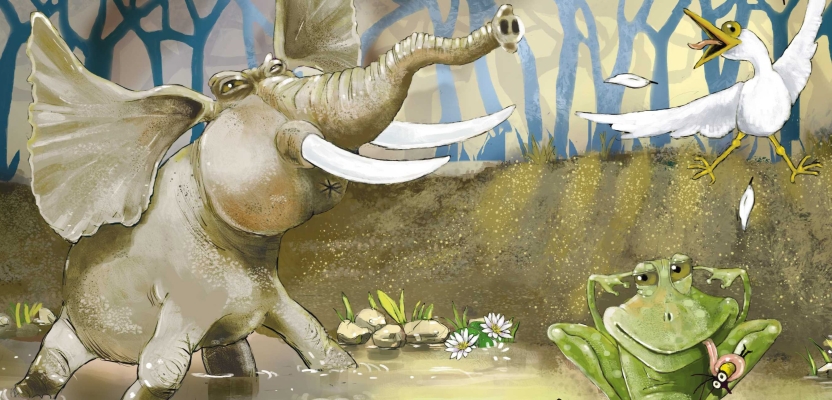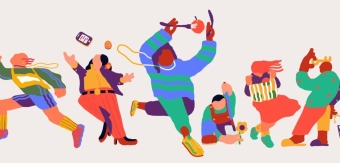How did you get into the industry?
After completing my Art & Design studies at the Durban University of Technology, I dived with youthful enthusiasm into my first attempt at illustrating a children’s book, written (dutifully) by my mother back home!
To my surprise, it was well received and with abundant mentoring and assistance by the publisher, my illustration career started to take form. I will forever be grateful to the publisher for their nurturing approach to a young illustrator, establishing a sense of value and partnership in the process that remains with me today.
Where are you based now and who do you work for?
I live and freelance in my hometown of Durban on the South African east coast. The city embodies interesting juxtapositions of the indigenous Zulu culture and the legacy of British colonialism, as well as having the largest Indian community outside of India.
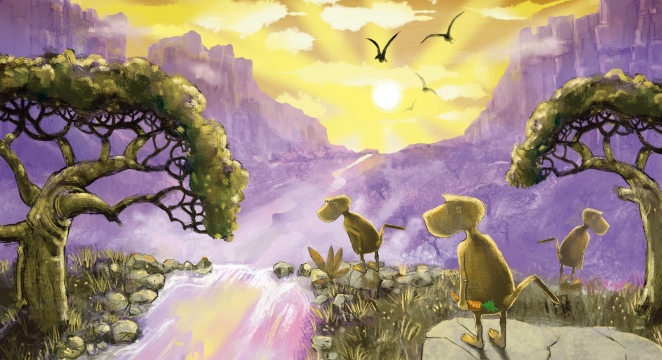
I draw immense creative inspiration from the vibrant visual narratives in the diverse communities, the fusion of cultures creating a melting pot of forms, hues, symbols and icons which have influenced and shaped my artistic journey.
If you weren’t in your current industry, what would you be doing?
I would undoubtedly have become a struggling Indie movie director! As art students, we spent more time than we should at the local film festivals watching European “Art Films”.
I was drawn to the way in which the directors in this small and marginal genre of filmmaking were finding unexpected and creative ways to establish characters, introduce and develop plots and tell stories in a way that was fresh and unpredictable. This has had a profound influence on my development and I still live this dream.
Can you explain your creative process? What makes it unique?
My boyhood recollections include a weekly a hop and a skip to the nearby "book exchange" where I was drawn particularly to those books rich with illustrations that were engaging and fresh. I thus recognised at a young age the role of the illustrator in the appeal of a book, to the point of seeking out the illustrators more than the author!
Today I regard my creative process firstly as an exploration of the author, their story, their intent and motivation, and what they would like to leave the reader with. I also visualise the finished product, the way that the tangible book will make the reader feel. This guides me in my choice of style, mood, character creation and the overall look and feel of the finished product that will harmonize and compliment the author’s work.
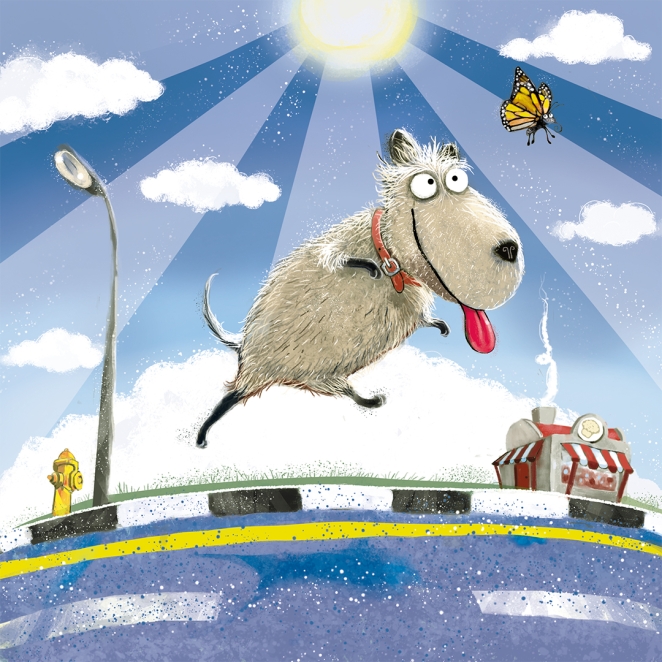
I usually spend quite a bit of time communicating with the author on the initial drawings to establish this look and feel of the book and to find a style that will be appropriate to the target age group and the mood that the story conveys.
Character creation is key to this initial process and once we have established and perfected these, the task of page layouts can begin. That’s when I disappear from life and the dishes pile up until I emerge again when the project is complete.
How would you describe your style?
My style is varied but if I had lived in the late 1800’s, I will have been an Impressionist! Living in Africa, I easily understand how the Impressionists drew inspiration from African art and Japanese prints to depart from the tradition of creating illusions of depth and space in painting.
Instead, they embraced flatter spaces, shapes, patterns, and the use of colour for their intrinsic qualities. That said, I am guided in my style by the author’s intent and vision and I enjoy finding that style that hits the mark.
Which individuals do you gain inspiration from? Do you have any heroes in the industry?
As I child I loved Dr. Seuss and I don’t mind giving my age away when I say that as a teen I was lost in MAD magazines! Who said illustrators don’t have a fan base? When my friends had sports heroes, mine were the likes of Mort Drucker, Jack Davis, and Don Martin.
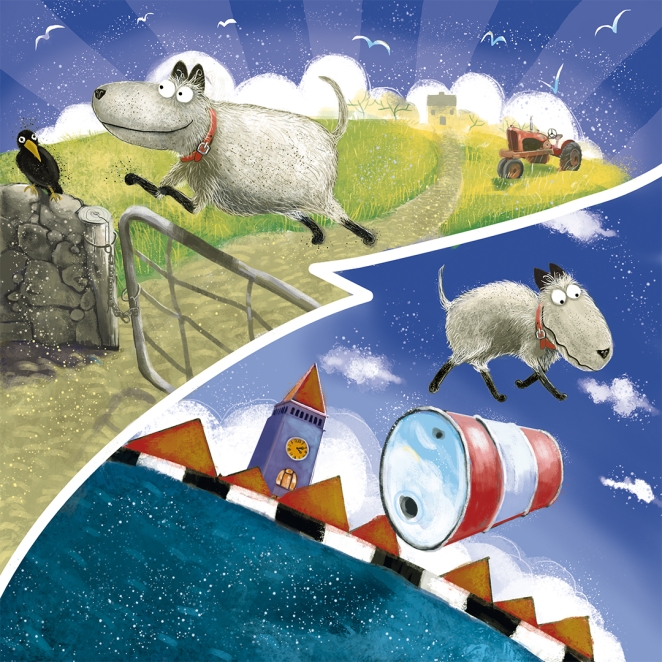
Of course, one of my biggest inspirations was Hergé, creator of Tintin. My ultimate illustration-hero to this day is the great Ian Pollock, who illustrated “Brothers of the head” and proved to me that illustration can without a doubt fall within the realm of art.
What tips would you give to aspiring creatives looking for work?
Fortunately for artists, the internet is a highly visual platform, unfortunately also a very saturated one. The key lies in getting noticed and understanding that buyers have an innate ability to find what they are looking for in an instant. Here is where uniqueness originality becomes of value.
The online world is saturated with art tutorials and while it has its value, my advice for aspiring creatives is rather to go to the mountain to find their own mark. Practice, experiment, and be prolific in your output.
Don’t copy, create. If you are working digitally, embrace simplicity. Ignore trends and popular styles, create your own. Ignore realism, accuracy and drawing by formulas, don’t be afraid of distortion, be expressive. Originality has a unique and intrinsic charm that is truly appreciated by the reader.
What tips would you give to other professionals to get more clients?
Possibly the most difficult question to answer for any creative, especially in a highly competitive on-line world. Be true to yourself, put your work out there and just keep your fingers crossed!
What kind of tools/kit/software could you not do without?
While I work on paper with inks and paint for my exhibition art, I find it necessary to work digitally for my illustration work as it is easier to make the changes that may be required in the process of creating a book for publication.
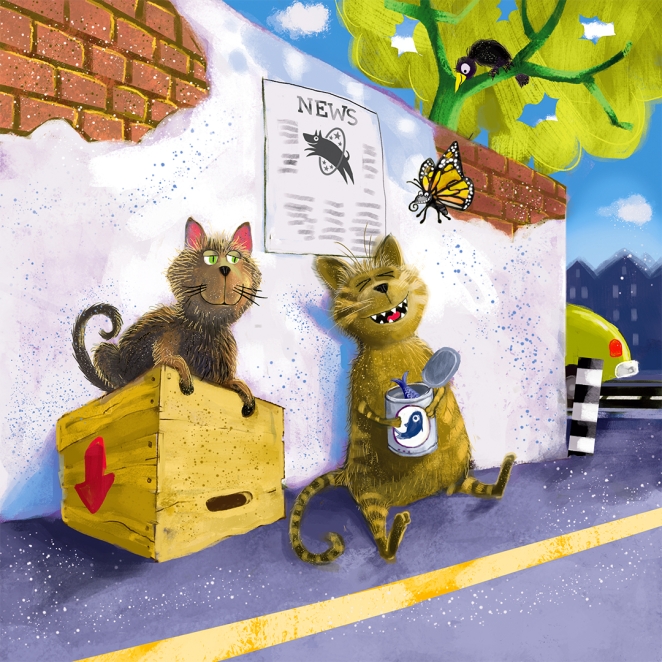
I work in a wonderful and free software program called Krita, which is perfectly suited to my style and requirements. Photoshop also comes in handy, especially for colour balancing and file conversions.
What’s your secret to staying inspired and motivated?
I am inspired by an upsurge in authors who write for kids in emerging countries where children’s books with more relevant stories and visual references are in short supply. I once joined a reading group under a tree in rural South Africa where stories were read to the kids about kings and queens who lived in castles on snowy mountains.
This was a huge inspiration for me to get my work out there and to be available in helping to create books for this emerging market. These authors need support and I look forward to working with them in creating books where the stories and the images resonate with young minds who need their own narratives and images.
I am proud to have just completed illustrating a book for the wonderful local author Sipiwe Sikwila. I hope there will be many more.
What’s the work achievement you’re most proud of?
As artists will understand, we are most proud of our last work, but we always feel that our next work will be better. I am grateful to my mother for preserving my art school creations which she has stashed for years and which I would have discarded because I expected to do better in the future.
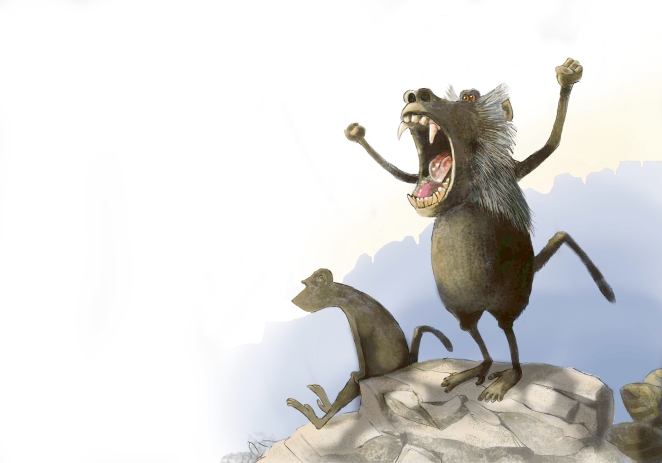
When I look at these today, I relive the thrill of accomplishment and finding my own mark. Today I find pride in when I have successfully achieved my mandate and the sense of completion and reaching coherency.
What is the one thing that you would change about the industry?
Can any artist really say that they don’t feel AI art biting at their ankles? If there is one thing I would like to change in the industry, it is the threat of AI for artists, especially in the genre of children’s books.
Yes, I have seen fascinating “art” achieved by artificial intelligence, but I cannot help being reminded that these works are created by clever prompt engineering, by people who are better than me, a visual person, at using words!
I would like the publishing industry to take a stance and to have strong editorial policies and opinions on the subject, especially in the field of children’s books that require charm and magic, something my AI cousins can never create!
Any websites, books or resources you would recommend?
If you don’t have the luxury of studying art history formally, go online and learn the history of art through the ages. Art history is not just about art, it teaches so much about the societal and historical context in which art happens. Knowing art history will help immensely in finding your own mark and style.
